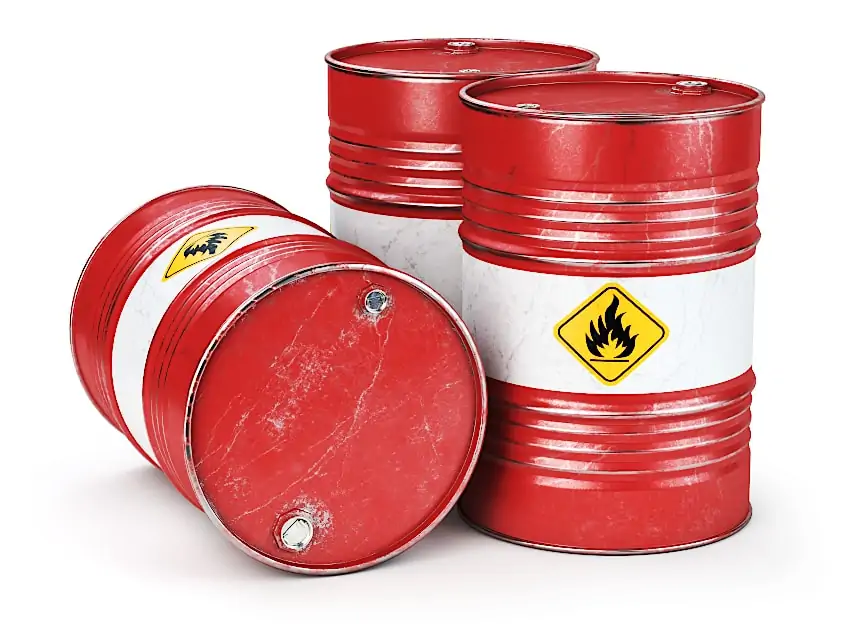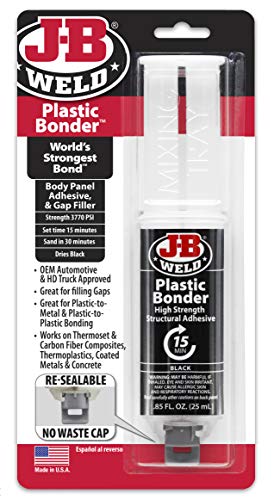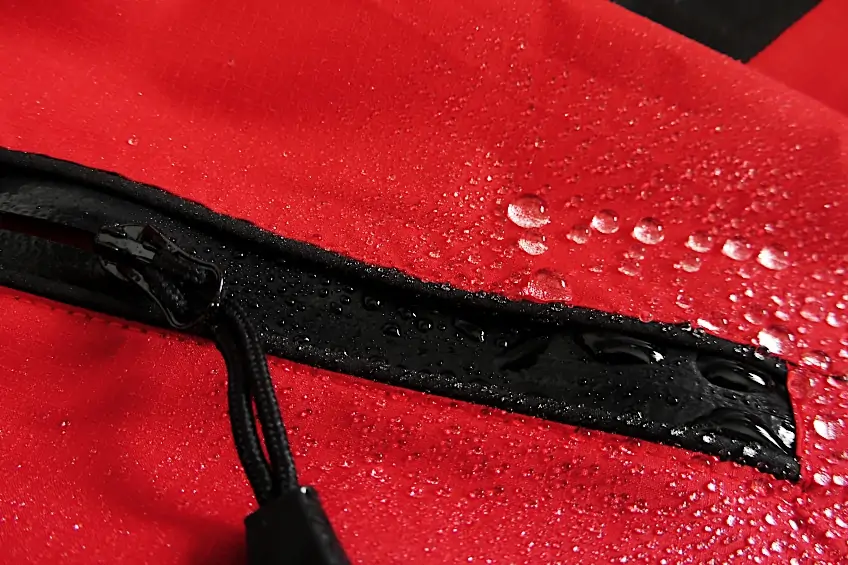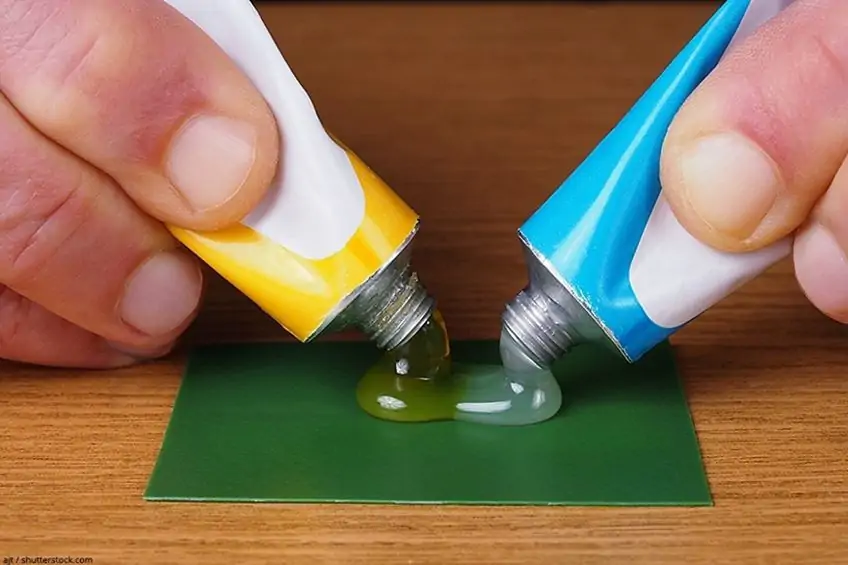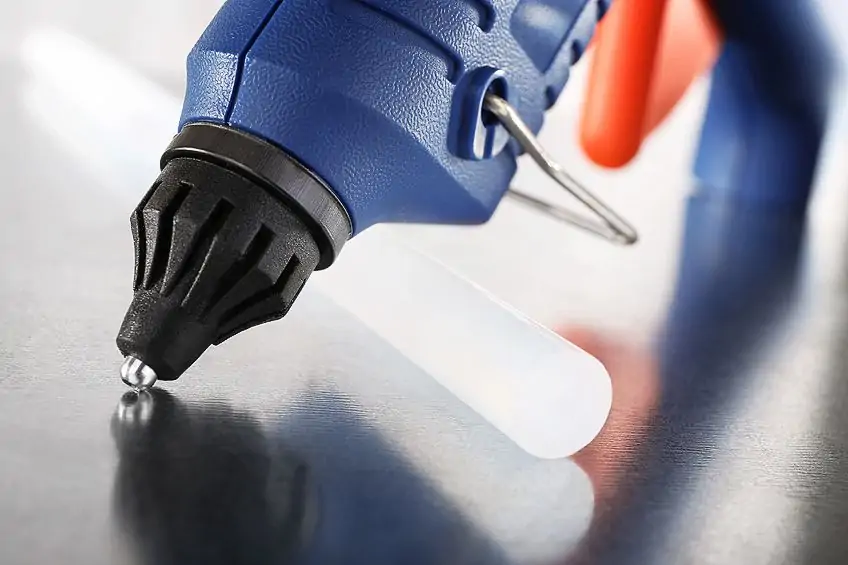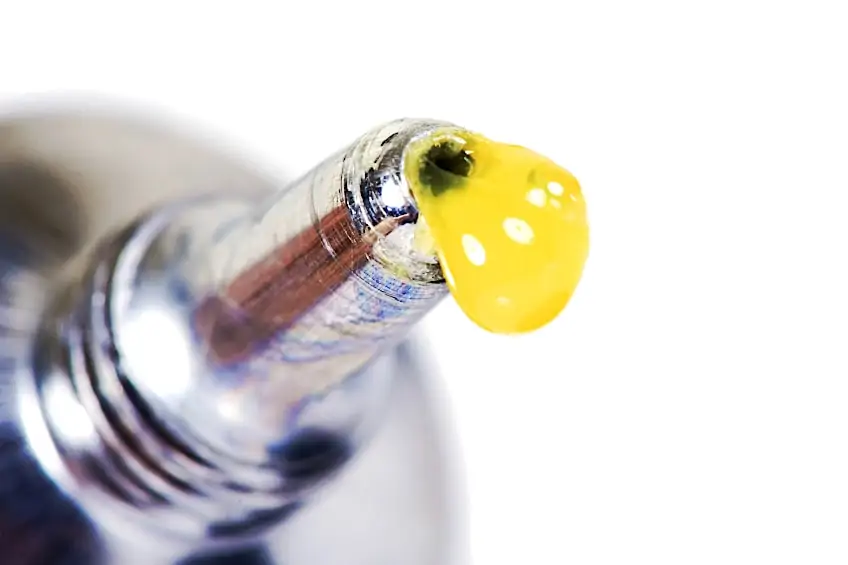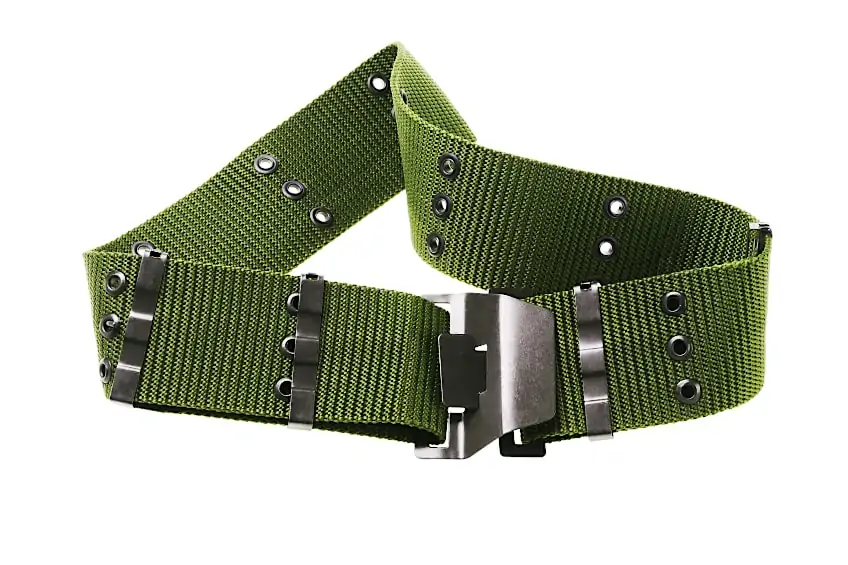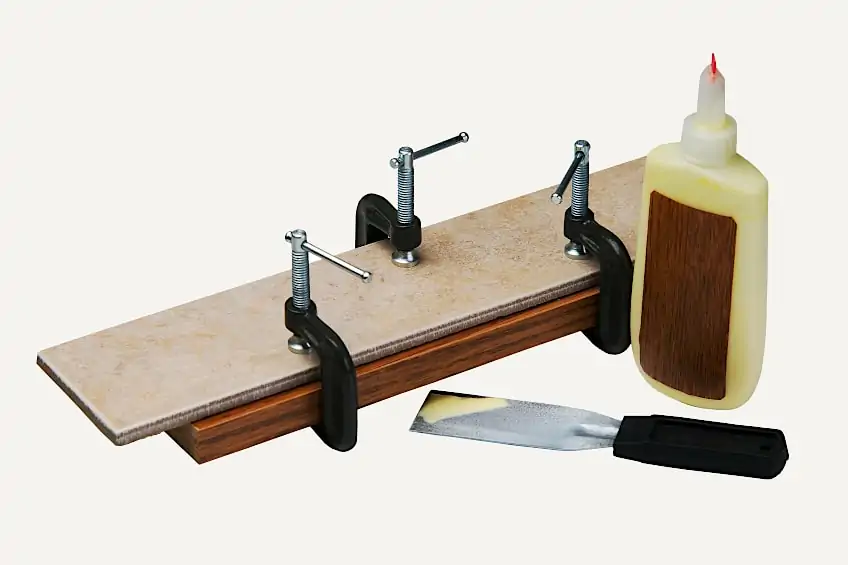Best Glue for Nylon – Adhesives for Nylon and How to Use Them
This post may contain affiliate links. We may earn a small commission from purchases made through them, at no additional cost to you. You help to support resin-expert.com
Nylon is an extremely popular material that is used within a variety of industries. A big reason for its popularity is its strength! This is not to say that nylon does not break. Sometimes it does. Choosing to repair a broken nylon item instead of throwing it out is a great way to reduce waste and plastic pollution. Gluing nylon is possible. However, selecting the correct glue will make or break your repair job. In this article, we will take a look at the nature of nylon and introduce you to some of the best glues for nylon. Carry on reading to find out more about the best glue for nylon!
Table of Contents
What Is Nylon?
Nylon is a term used to group a series of synthetic polymers that are made from polyamides. Nylon is a thermoplastic. Thermoplastics are pliable when heat is applied to them and they harden as they cool down. Nylon can be formed into a fabric, sheets of film as well as solid three-dimensional shapes. This is what makes it so versatile. Nylon is found in everything from food packaging and clothing to flooring and molded car parts.
The Origins
In the early 1930s, Dr. Wallace H. Carothers and his team at Dupont developed the first-ever 100% synthetic fiber. The name of the prototype was “fiber 6-6”. This was formed by a chemical reaction between substances found in coal and petroleum.
Liquid nylon was then extruded into thin filaments to make nylon fabric. This fiber proved to be cheaper to manufacture than silk and was resilient to creasing and mildew. By 1935 nylon was patented and a nylon manufacturing plant was built in Seaford Delaware.
The Rise
Nylon’s first commercial appearance was in the form of a nylon-bristled toothbrush, which was released in 1938. A little later, in 1940 nylon stockings were made available to the public. This invention sold more than 63 million pairs in the first year. Nylon then went on to dominate the world. During World War II it was used in the manufacture of parachutes, aircraft fuel tanks, flak jackets, and shoelaces.
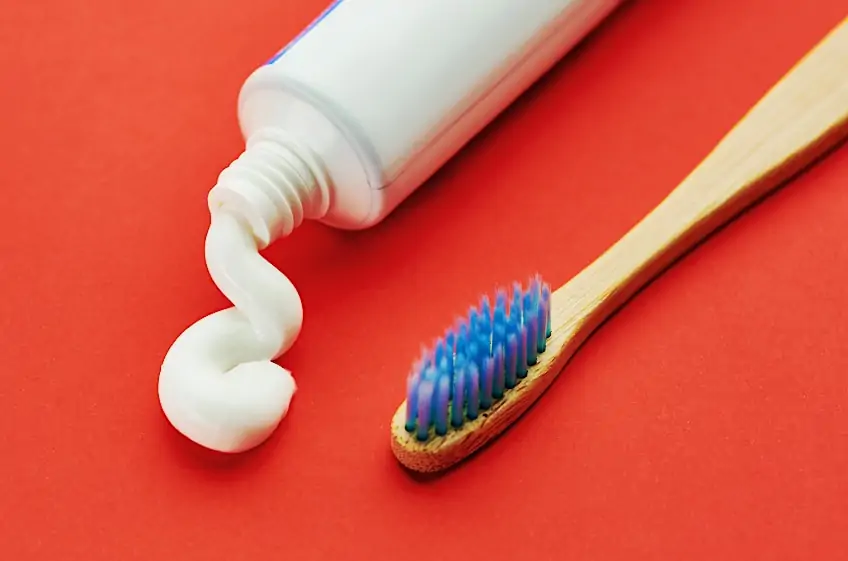
The Modern Marvel
Nylon has good abrasion resistance and is extremely strong. It is also chemical resistant and resilient when subjected to temperature fluctuations. Nylon melts at a high temperature, which makes it a good option for injection molded parts for vehicles. This has also made it a popular choice for industrial applications such as the reinforcing of car tires and in some cases, a substitute for soft metals. It has become extremely popular in the manufacturing of clothing because of its elasticity. Furthermore, it is easy to wash and it dries fast!
The Best Glues for Nylon
Choosing a nylon adhesive is not easy. Nylon does not play nicely with regular adhesives for reasons we’ll get into later in this article. It is imperative to choose the correct glue when going nylon. To steer you in the right direction, we have created a shortlist of the best glues for nylon. This should narrow down the options so you can get on with gluing nylon successfully! Keep reading to find out about the best glues for nylon!
Best Plastic Cement for Nylon: JB WELD Plastic Bonder
JB Weld is a trusted brand in the world of adhesives. JB Weld Plastic Bonder is a two-part glue that works well in bonding thermoplastic like nylon. It comes in a convenient syringe that is resealable! Plastic Bonder is easy to mix and sets in just 15 minutes. Once cured this adhesive has a tensile strength of more than 3000 PSI. This is a very versatile adhesive and offers the strongest bond out of all its competitors! If you are looking for the ideal nylon adhesive make the right choice. Choose JB Weld Plastic Bonder!
- Quick setting two part urethane adhesive & gap filling system for plastic
- Suitable for thermoplastics, aluminum, PVC, ceramics, and fiberglass
- Sets in 15 minutes, cures in 30 hours to a tensile strength of 3770 PSI
- Strong
- Versatile
- Ideal for bonding nylon
- Sets in 15 minutes
- Convenient
- Takes up to 30 hours to cure
Best Hot Glue Kit for Gluing Nylon: GORILLA GLUE Full-Size Hot Glue Gun and 45 Glue Sticks
Another trusted brand in the world of glue is Gorilla Glue! Gorilla glue is best known for its super glue but its hot glue should not be overlooked. Hot glue is ideal for gluing thermoplastics such as nylon and Gorilla Glue offers a superior bond! These glue sticks are impact-resistant, waterproof, and ideal for both indoors and outdoors! The glue gun comes with a precision nozzle and a comfortable trigger and grip. Its dual temperature setting gives you maximum control. With this glue gun set, you will be well on your way to successfully gluing nylon!
- Dual settings for strong high heat bonds and delicate low temp gluing
- Light weight, comfort grip, and long insulated nozzle for precision
- Glue sticks are weather resistant and have a 45 second working time
- Ideal for gluing nylon
- Creates an impact-resistant bond
- The glue sticks are waterproof
- The glue gun has a precision nozzle
- Not ideal for bonding nylon to steel
A Guide to Gluing Nylon
Considering the prevalence of nylon household items, there may come a time when you need to perform repairs by gluing nylon to nylon. The need may arise for a nylon fabric glue or a general-purpose nylon adhesive. Anyone who has attempted to glue nylon will attest to the fact that nylon does not bond well with regular adhesives. This is due to the nature of nylon.
Nylon has hydrophobic properties, which means that it repels water much like a greasy or oily surface might. Polypropylene and HDPE are examples of other plastics that are hydrophobic. These plastics are difficult to bond using standard glues. However, there are methods for achieving proper adhesion when gluing nylon to nylon or nylon to steel.
Because of the slick hydrophobic nature of nylon, it is advised that you use coarse grit sandpaper to key or roughen the nylon. This will achieve a surface profile that will allow the glue to bite and hold onto. Be sure that the surfaces that you are gluing are free from grease, oil, or dirt. This will also promote the adhesion of the glue.
Gluing Nylon to Nylon
You can use an alcohol swab or dish soap and warm water to remove the dirt. Opting for a plastic weld glue-like plastic cement works well in bonding nylon to nylon. This is because it melts the surface of the nylon by chemical means. As it solidifies it essentially welds the nylon parts together, which creates an extremely durable bond. Be sure that both nylon surfaces are free from dirt, grease, or grime.
Next, you may need to mix the two-part plastic weld adhesive. This will activate the glue. Now apply the glue to the nylon surfaces, press them together and allow the glue to set. These types of glues usually set within minutes but can take up to an hour to cure. Be aware that climate will influence the time it takes to cure. It is always best to refer to the manufacturer’s instructions for the best results. Depending on the shape of the nylon part you may need to use clamps to secure the pieces while the glue cures.
Another great method for gluing nylon to nylon is using hot glue. Nylon is a thermoplastic, which means it can be heated and shaped. As it dries it hardens again without degrading. Applying hot glue to nylon will melt the nylon and bond to its surface. As the nylon and the glue cools down it will form a strong bond. Taking advantage of the thermoplastic properties of nylon and opting for hot glue is a great way to achieve a long-lasting bond between nylon parts!
Gluing Nylon to Metal
Gluing nylon to metal is not as straightforward as gluing nylon to nylon. Cyanoacrylate (super glue) may not be the best nylon glue. This is because it needs moisture to cure and nylon is hydrophobic! However, cyanoacrylate bonds well to metal! A method for getting around this is using cyanoacrylate in conjunction with plastic cement adhesive.
Firstly, create a layer of plastic cement glue on the nylon surface and allow it to cure. You can then bond the metal to the layer of cured plastic cement glue. To ensure a snug fit apply plastic cement glue to both the metal and the nylon and press them together and pull them apart. Once the plastic cement is dry you can apply cyanoacrylate glue to the plastic cement and press the parts together again.
This may seem like too much effort but using cyanoacrylate directly on nylon is not recommended. The bond will most likely fail prematurely. Make sure the surface of the metal and the nylon is clean and free from dirt and refer to the manufacturer’s directions for drying times.
Gluing Nylon to Wood
Gluing wood to nylon will also require a similar workaround as plastic cement glue does not adhere to wood. Firstly, apply a generous layer of wood glue to the wood and allow it to dry. Next, you will need to apply plastic cement glue to the nylon and press it to the dry wood glue on the wood.
You may need to clamp the wood and the nylon together to ensure proper adhesion. As an alternative, you can use cyanoacrylate instead of wood glue. Apply a layer of cyanoacrylate to the wood and let it dry before applying plastic cement glue to the nylon. Press the parts together and clamp them for the best results.
Tips and Tricks
- When gluing nylon, always be sure that the parts are clean and free from grease and oils. It is advised that you roughen up the surface of the nylon using sandpaper. This will help the glue to bond. Steel wool is an acceptable proxy to sandpaper.
- Avoid using any glue other than hot glue or plastic cement. This is because the nature of nylon makes it difficult for other glues to stick. Another option for gluing nylon is silicon caulk glue. It is usually used in construction but bonds well to nylon too!
- Using clamps to hold your project in place is a great way to avoid mishaps. Depending on the size of your nylon parts, you can either use elastic bands or woodworking clamps. Use them to keep your nylon parts in place while the glue sets.
- When dealing with plastic cement or hot glue, it is best to refer to the manufacturer’s instructions for curing times. Use these times as a guideline as these times will be affected by the climate of your specific area.
Nylon is everywhere! Sometimes it needs repairing! Glue is usually a household go-to repair option but when it comes to the best glue for nylon you need to be aware that not all glues stick to nylon. Cyanoacrylate may be a very strong glue but it is not ideal for nylon. This is because of nylon’s slick hydrophobic surface. Plastic cement is the best glue for gluing nylon to nylon. If you need to glue nylon to metal you will have to create a layer of cyanoacrylate on the metal before bonding the nylon to the metal with plastic cement.
Frequently Asked Questions
How to Glue Nylon to Nylon?
Plastic weld is the best adhesive for gluing nylon to nylon. It functions by chemically melting the surface of the nylon. As it cures it creates an extremely strong weld, making it the ideal adhesive for thermoplastics such as nylon.
Can I Glue Nylon with Hot Glue?
Hot glue is another great option for thermoplastics like nylon. While most other glues will not bond well to nylon, hot glue melts the surface and creates a strong bond as it cools down. Hot glue is ideal for both rigid nylon and nylon fabric.
Why Is Nylon Difficult to Bond?
Nylon is a hydrophobic thermoplastic that has ultra-slick, water-repelling properties. It may seem almost oily to the touch, which does not promote adhesion. It is for these reasons that the surface of nylon does not offer an ideal surface for most glues to adhere to.
How to Bond Nylon to Wood?
Bonding nylon to wood will require both wood glue and plastic cement glue. Apply a layer of wood glue to the wood, allow it to dry, and then apply plastic cement to the nylon and press the two materials together.




